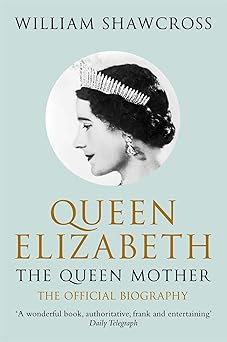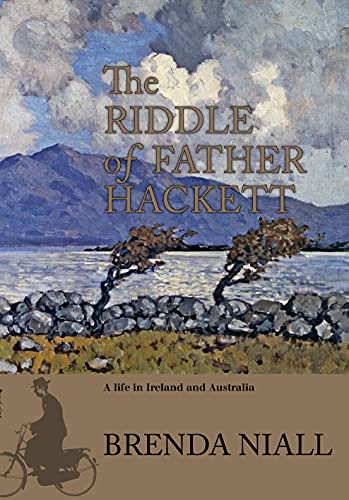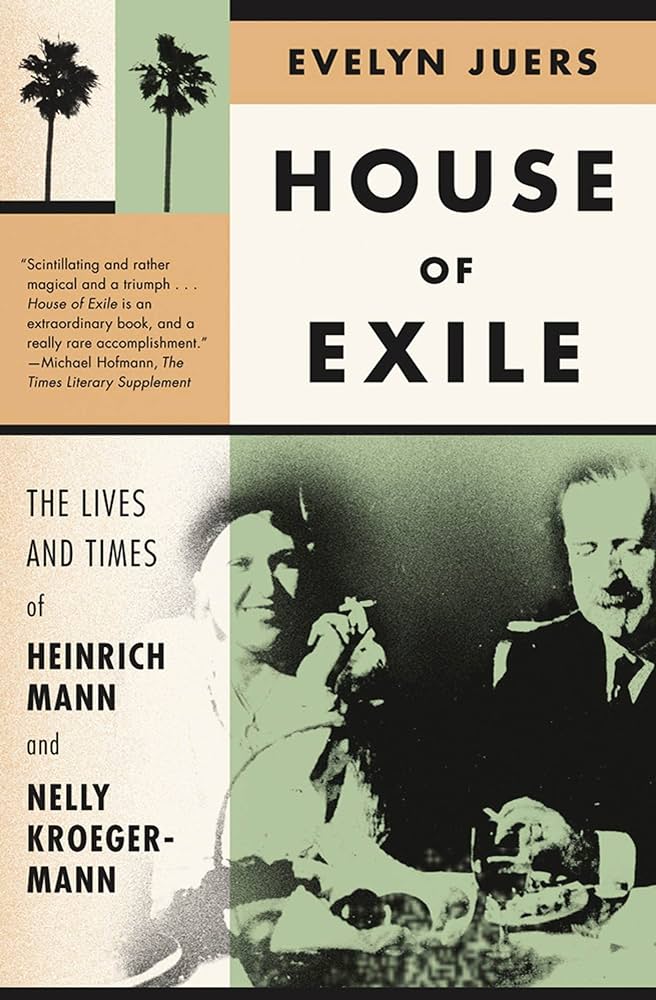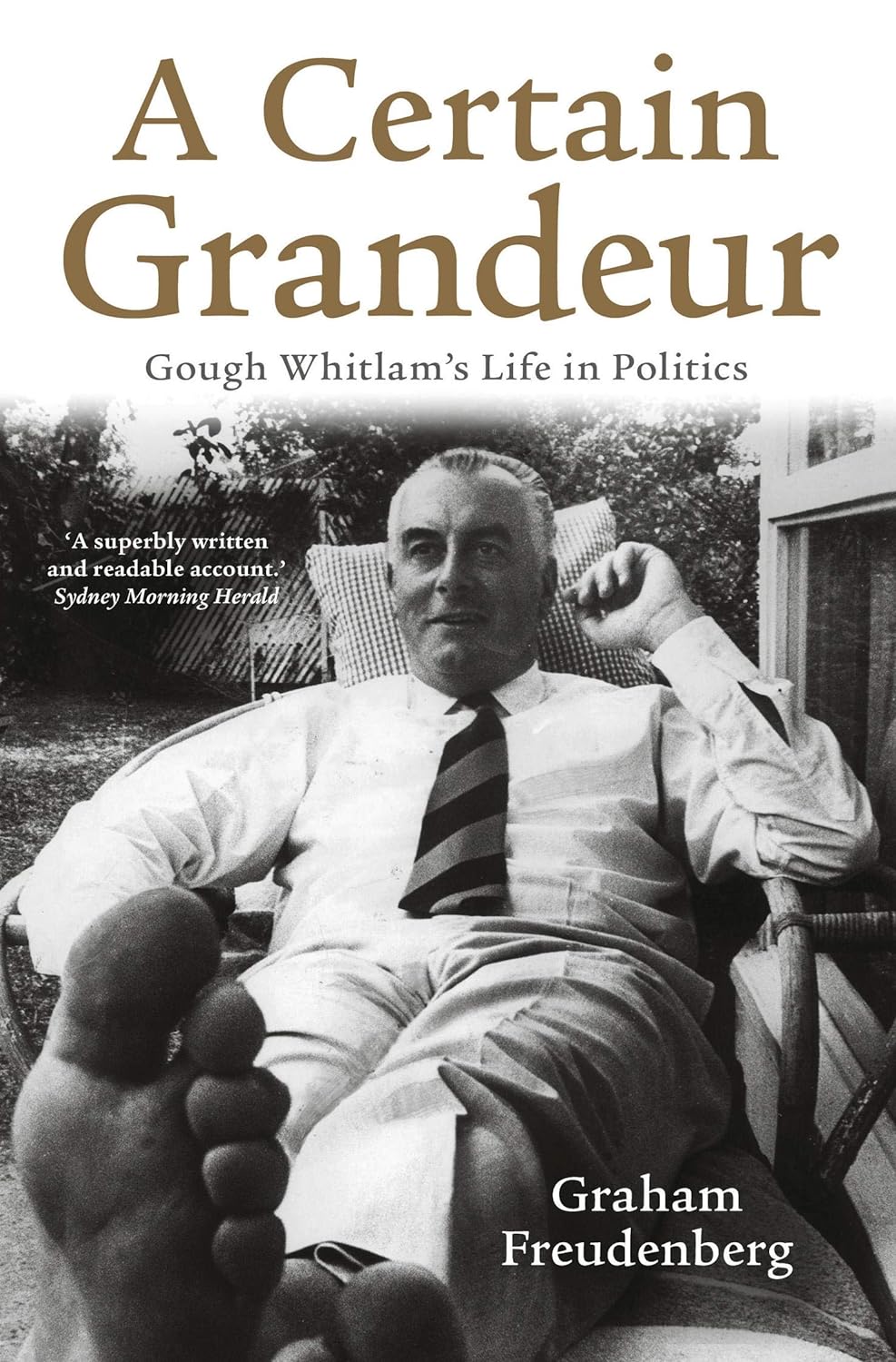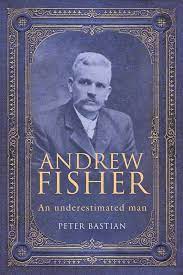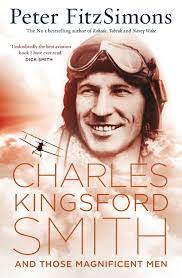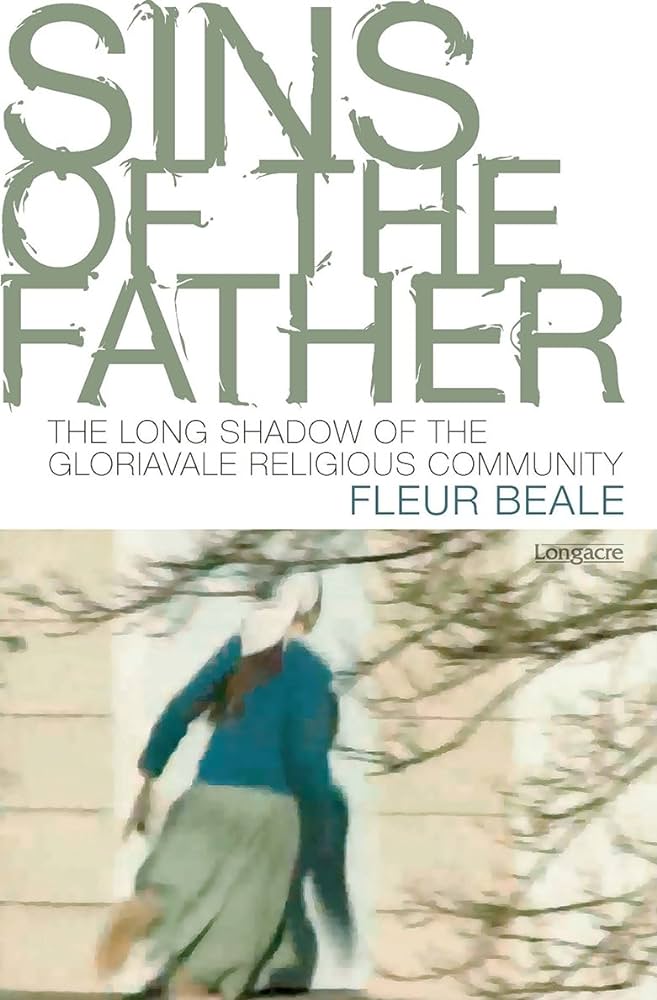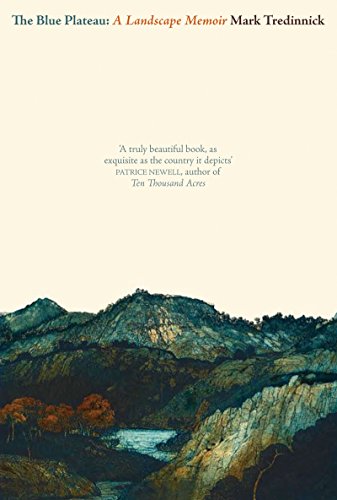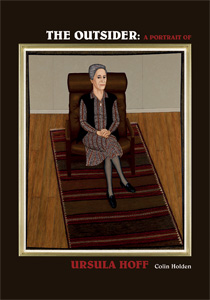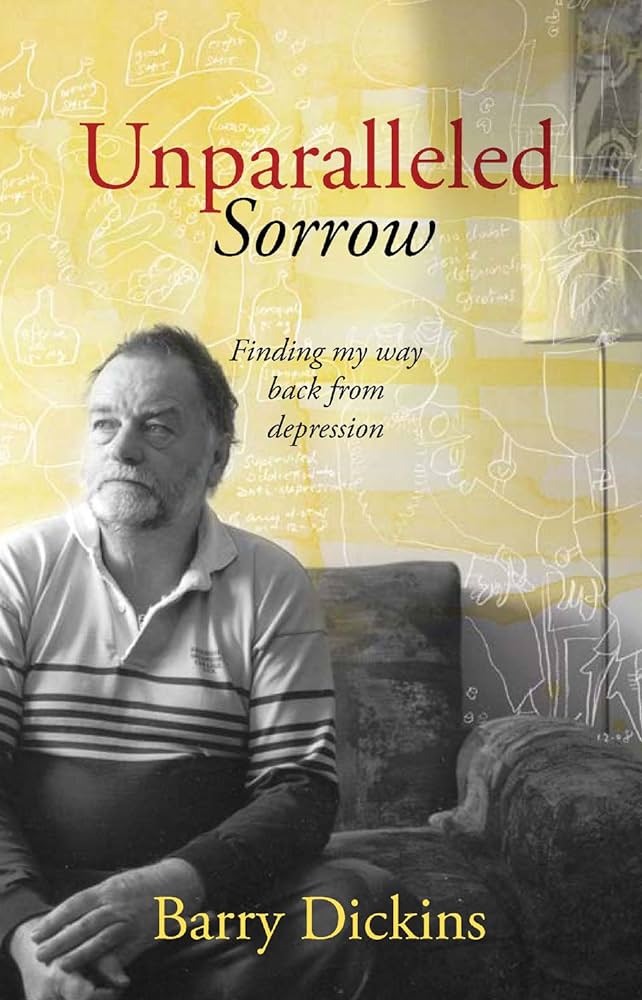Biography
Queen Elizabeth: The Queen Mother: The Official Biography by William Shawcross
To many Australians, the Queen Mother, who died in 2002, was largely an unknown quantity. The wife of George VI and mother of the present monarch, she periodically visited this country to cut ribbons, open hospitals and wave to schoolchildren who had been bussed to sporting grounds and given flags to wave. But Australia loomed large in her private life, as evinced in this well-researched ‘official biography’ by William Shawcross, who enjoyed unfettered access to previously inaccessible royal documents. As an historical document, the book has no peer and for years to come will be an absolute necessity for political and royal researchers and biographers of the period. For such a substantial tome, it is an impressively compelling read.
... (read more)The Riddle of Father Hackett: A life in Ireland and Australia by Brenda Niall
Brenda Niall has the knack of lucid multi-focus, a great thing in a biographer. That organisational deftness, an ability to keep the tangled loops of people’s lives spooling freely through her fingers while she projects a rich and dramatic context for them, was evident in her group study of The Boyds (2002), and it is the structural virtue in this new work, The Riddle of Father Hackett.
... (read more)House Of Exile: The Life and times of Heinrich Mann and Nelly Kroeger-Mann by Evelyn Juers
Evelyn Juers’s wide-ranging and suggestive study of Heinrich Mann (older brother of Thomas) and his second wife, Nelly Kroeger-Mann, opens with a vivid extended anecdote, recounting a meeting between the couple and Bertolt Brecht at a fruit market in Los Angeles, in the summer of 1944. Members of the community of European exiles in Los Angeles had flocked to the market because a farmer ‘was selling berries … Not just strawberries, blueberries … [but] also … gooseberries’. Jokingly translating the English word into Gaensebeeren (the actual German is Stachelbeeren), Brecht is caught handing out ‘a great mound of amber fruit’, giving Heinrich and Nelly ‘a translucent gem to taste’, and wittily punning ‘that he was no gooseberry fool’.
... (read more)A Certain Grandeur: Gough Whitlam’s life in politics by Graham Freudenberg
Gough Whitlam’s 1972 policy speech, delivered before a crowd of thousands at the Blacktown Civic Centre in a scene that bore a closer resemblance to a pop concert than to a political campaign, is seen as the ultimate articulation of the Whitlam Labor government’s radical program for change. If its chief political architect was Whitlam, its amanuensis was Graham Freudenberg. With Whitlam’s election as leader of the Australian Labor Party in 1967, Freudenberg eagerly joined his staff as press secretary, a position he had previously and less happily held with Arthur Calwell, who was leader from 1960 to 1967.
... (read more)Andrew Fisher fares well in the new Museum of Australian Democracy, at Old Parliament House, Canberra. The entrance to the galleries is framed, on one side, by E. Phillips Fox’s dark 1913 portrait of an imposing and resolute Fisher, in contrast to the garish, spreading corpulence of George Lambert’s 1924 Sir George Reid on the other. Inside, in the procession of prime ministers, Fisher is represented more comprehensively and intimately than his peers. There is his miner’s crib – for this leader of Australia’s first majority Labor government definitely came from the working class – and his fountain pen, presented by his granddaughter to Kevin Rudd (who, the caption reads, is a ‘passionate admirer’ of his Queensland predecessor). Elsewhere in the Museum, in commemorating the suffrage movement, the key exhibit is a replica of the hat worn by Fisher’s wife, Margaret, when she marched beside Vida Goldstein in a London protest for women’s franchise in 1911.
... (read more)Charles Kingsford Smith and Those Magnificent Men by Peter FitzSimons
In the epilogue to the latest, massive contribution to his populist and nationalist enterprise, Charles Kingsford Smith and Those Magnificent Men, Peter FitzSimons laments that ‘the true glory days of the pilot are substantially gone’. He charts an heroic, pioneering age of aviation. The ‘magnificent men [in their flying machines]’ include not only the Australians, Kingsford Smith and his partner Charles Ulm, but the German Manfred von Richtofen, the Dutchman Anthony Fokker, the Frenchmen Louis Blériot and Charles Nungesser. Most of them saw service in the first aerial combats, above the trenches of the Western Front in the Great War. Kingsford Smith, a dismounted motor-bike despatch rider at Gallipoli, was accepted into the Royal Flying Corps. He called this ‘the chance of my flying life, and it was a decision I made without a moment’s hesitation’.
... (read more)Sins of the Father: The Long shadow of a religious cult by Fleur Beale
Sins of the Father focuses on Philip Cooper, a forty-seven-year-old Australian who grew up in a fundamentalist Christian commune established by his father, Neville Cooper, in New Zealand. In 1989, Philip left the commune and came to Australia. Since then, he has been trying to extricate his wife and children and create a ‘normal’ life.
... (read more)The Blue Plateau, set in the Blue Mountains, is part memoir, part essay and part anecdotal local history. Mark Tredinnick wrote it during the seven years he spent living in the valley below Katoomba with his wife and growing family. Strangely, we learn little of the author or his family as this informative, sympathetic and poetic book emerges from its landscape in meditative bursts. It is a kind of mosaic of prose poems. If there is an order in this book, it is, as Tredinnick suggests in his prologue, one that is more implicit than explicit.
... (read more)The Outsider: A Portrait of Ursula Hoff by Colin Holden
At first glance, the life of an art historian, often depressed in the latter decades of her life, might not yield a compelling book. But Colin Holden’s perusal of Ursula Hoff’s previously unknown diaries has produced a passionate and valuable portrayal of a scholar wrestling with the challenge of buying works of art for the National Gallery of Victoria, in London. The biography is based on Hoff’s diaries, still owned by her estate, and not yet in the public domain.
... (read more)Unparalleled Sorrow: Finding my way back from depression by Barry Dickins
This is the same Barry Dickins who used to write a column for the religion section of The Melbourne Times. The religion section dealt with football, and Dickins covered the waxing and mostly waning fortunes of the Fitzroy Lions, who were long ago squeezed into amalgamation with Brisbane. Brisbane was never an inner suburb of Melbourne, a sore point with followers, many of whom wore black to the game. They looked like mourners. Dickins alone could describe all the griefs that held them together. He was and is an unparalleled celebrant of sorrow. He is the bloke you want to be around when you need jokes for a funeral.
... (read more)

